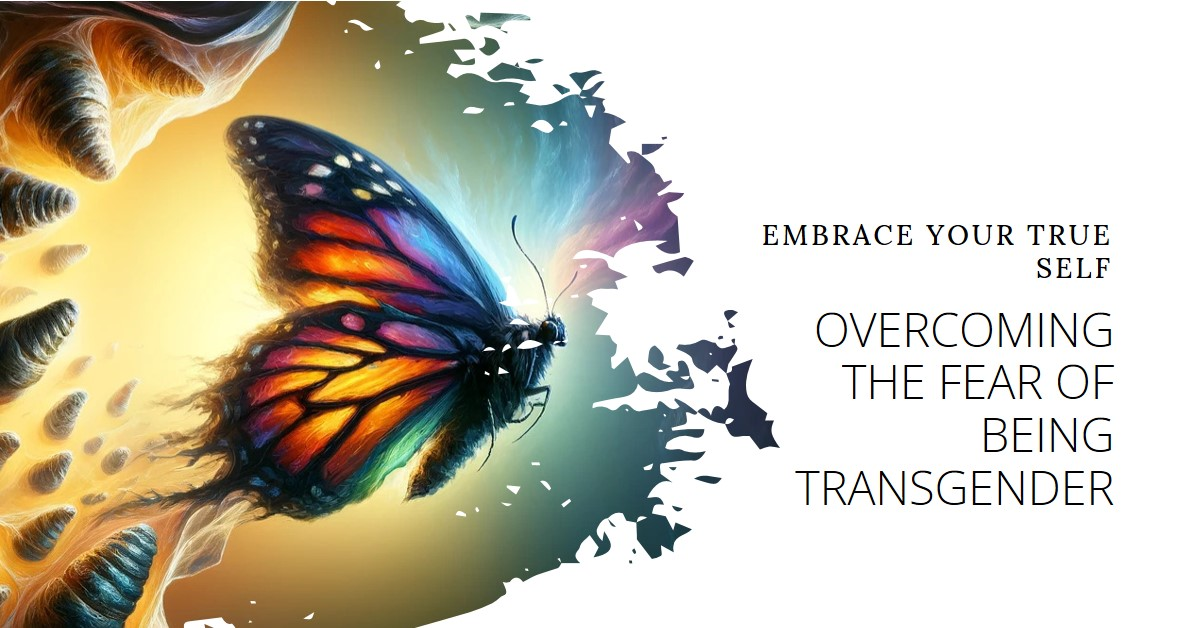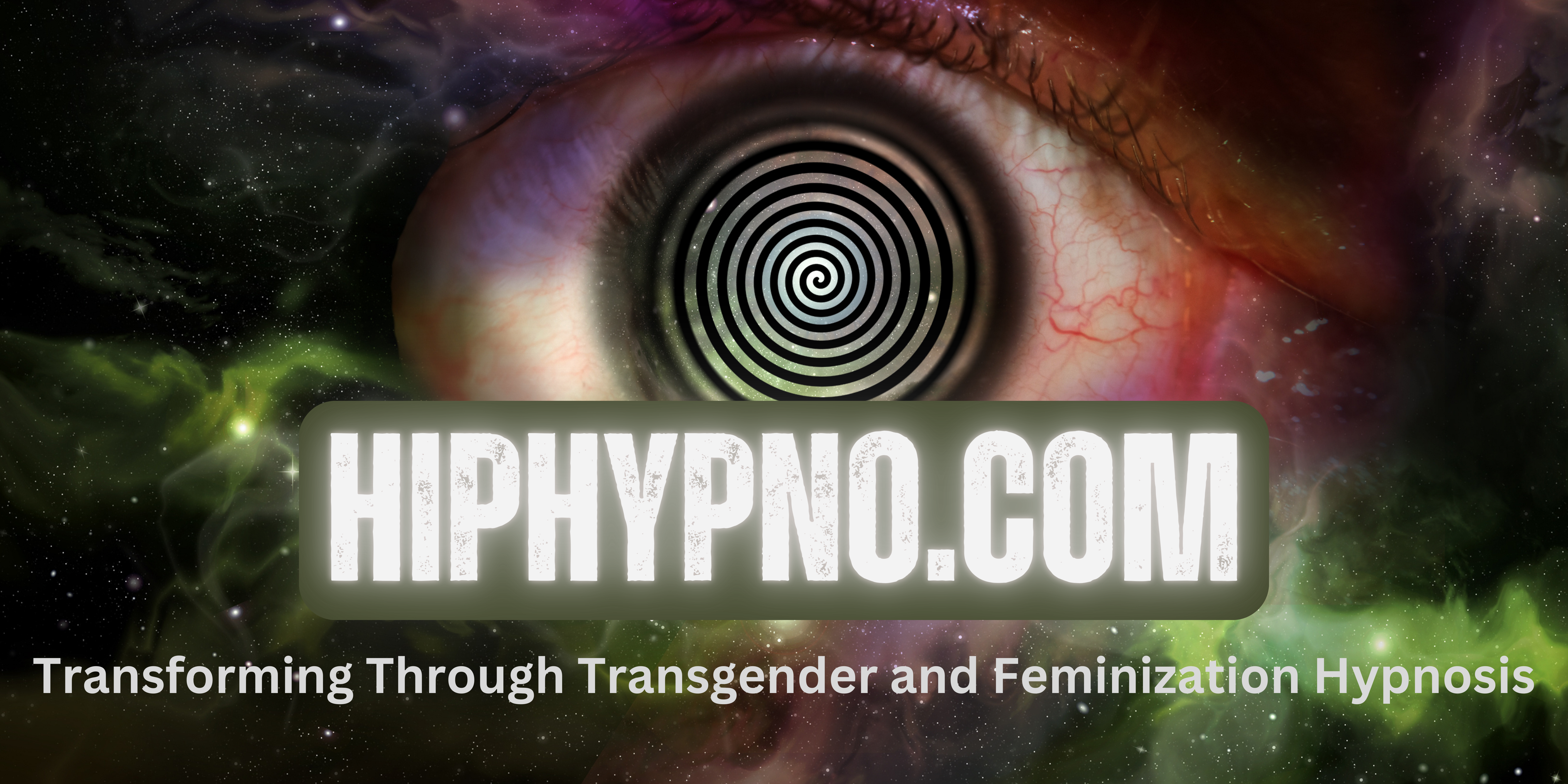
Fear Of Being Transgender
The fear associated with being transgender is an inherent part of the experience. As a transwoman, I can attest to the harsh realities of this path. It’s a journey marked not just by self-discovery, but also by the external judgment and misunderstanding we face, simply for embracing our true selves. This judgment is unwarranted and not something we should be blamed for. When I revealed my transgender identity, those in my social circle lauded me as courageous, brave, fearless, and strong. Despite these affirmations, I was engulfed by an overwhelming fear, a persistent inner voice cautioning me of impending doom. I anticipated a significant drop in my Facebook friends, akin to a plummeting stock market, as a consequence of my revelation.
The Truth
What, then, is the reality? The alarming scenarios I had envisioned never materialized. There were no hostile confrontations, no dramatic gestures of rejection. In the end, the fallout was minimal – only a single person chose to unfriend me, and their identity remains unknown to me, which doesn’t affect me. However, it’s important to recognize that this experience isn’t universal.
Indeed, many transgender individuals face significant losses – of family, friends, homes, and jobs. These are tangible, serious issues. Yet, despite these hardships, life continues, and we find ways to move forward. My aim here is to demystify fear and provide insights into managing it effectively.
For us in the transgender community, the greatest obstacle often lies within. We can become ensnared in our thoughts, replaying negative outcomes in our minds, fixating on events that may never transpire. I, too, have struggled with this internal battle, often being advised to break free from the confines of my own thoughts.
Over the last year, I’ve dedicated myself to understanding the nature of fear, learning to distinguish between irrational fears and legitimate concerns. This journey has led me to a place of greater calmness and serenity, transforming the way I navigate my fears and my life.
Fear vs Reality
Our fears are often inflated with misconceptions and falsehoods, creating a barrier that hinders us from reaching our goals or even taking the first step. It’s important to distinguish between genuine fear and unnecessary anxiety. True fear, like the instinctual response to encountering a tiger, is a natural mechanism for survival. However, many of us have replaced such instinctual fears with pervasive anxieties, such as the stress over financial obligations, the apprehension about others’ perceptions of us, and various other limiting beliefs that impede our progress.
We have a tendency to escalate mere worries into overwhelming fears, treating everyday challenges as life-or-death situations. But in reality, we often overcome these so-called crises. In hindsight, these concerns, which once seemed monumental, fade into insignificance, yet at the moment, they disrupt our peace.
Concerns like how others perceive us, fears about ‘passing,’ or anxieties about being rejected or judged unfairly are common. We might worry about extreme reactions – like being ousted from a doctor’s office or being labeled as irrational – but these scenarios are often just stories we tell ourselves. They are fears based on events that haven’t occurred and, in most cases, probably never will.
Such fears are essentially unverifiable, perpetuating a vicious cycle of self-inflicted stress and worry. Acknowledging this can be the first step in breaking free from the constraints of unfounded fears and moving towards a more peaceful and fulfilling life.
What is fear?
Let’s travel back in time, hundreds to thousands of years ago, when life was fraught with imminent dangers. Our ancestors grappled with the very real threats of predatory animals, the horrors of war, and the devastation of diseases. These fears were about survival, about life and death – they were genuine and life-altering.
In modern times, for most of us, these primal fears are no longer our daily reality. While such dangers still exist in parts of the world, the majority of the global population lives in relative safety and civilization. However, we’ve replaced these primal fears with a different kind of anxiety – the stress of daily life.
Today’s fears revolve around financial stability, deadlines, and interpersonal relationships. We often magnify these issues, imagining the worst possible outcomes, guided by the nagging voice of doubt in our minds.
These modern-day challenges – whether they’re about bills, work, or social interactions – tend to be inflated beyond their true significance. If addressed pragmatically, they would likely seem as trivial as deciding what to have for dinner. It is not so much the nature of these challenges, but our attitude and approach towards them that determine their impact on our lives. How we choose to handle these situations is what truly matters.
Get Out of Your Head
Within our minds resides a mischievous voice, distinct from the instinctive intuition that guides our gut feelings. This voice revels in concocting scenarios of chaos and disaster, delighting in the creation of imaginary turmoil.
It is crucial to interrogate the narratives spun by this internal voice. We must ask ourselves: Is there any truth to its whispers? What is the likelihood of these imagined scenarios actually coming to pass? By critically examining these fictitious narratives, we can assess their validity.
Engaging in this introspection marks the first step towards liberating ourselves from the grip of baseless worries and fears. It’s about distinguishing fact from fiction within our minds and gaining mastery over unwarranted anxieties.
Overcoming Fear
So, what do we do about this fear? We rationalize, we question, and we examine.
First, we have to center ourselves and become mindful and in the moment. We do this by breathing, and looking around you. Becoming present and in the moment. We must escape thinking about the past and pondering the future.
Once you are here and now. This is where the work comes in. Ask yourself, what is it that you are feeling? Is what I am thinking real? It hasn’t happened. Rationalize with the false fears of your runaway voice.
Then once you understand that fear and have gain control by seeing it as what it is. You then change the story. Imagine the best-case scenarios that can happen to you. All the things that can go right in any particular situation. This story that we are telling ourselves is much closer to the truth anyway.
And that’s what these are, stories simply because they haven’t happened.
The Story
Each of our lives unfolds like a unique narrative. The essence of who we are, our actions, and our aspirations – all these elements weave together to form the story of our existence. Often, we fall into the trap of believing we are unworthy, but this too is merely another chapter in our tale. Ask yourself, who determines your worthiness? Is it the echoes of people from your past or the critical voices in your own mind? Consider why you might feel undeserving of happiness. While we all may have moments in our past that we’re not proud of, these moments are just that – in the past. They should not dictate our future. The key lies in acknowledging these chapters of our life and then turning the page to move forward.
Phobia
Phobic disorders I understand the crippling grip of phobic disorders all too well, having battled various phobias myself, from which I’ve thankfully recovered. Despite seeking help from therapists, psychiatrists, and trying various medications, I found no relief. My world had shrunk to the confines of my home, unable to engage with the outside world, even fearful of answering a phone call. Surprisingly, it turned out that a certain food additive was the culprit in my case. Eliminating it from my diet led to the disappearance of my phobias in just three days. This experience taught me the importance of being mindful of what we consume.
However, overcoming phobias is not always straightforward for everyone.
Many grapple with fears that seem insurmountable and beyond their control. In such cases, seeking assistance from a mental health professional is not only advisable but necessary. Reaching out for help is a sign of strength, not weakness. You shouldn’t have to navigate life hindered by unmanageable fear.
If a phobia is obstructing your progress, addressing it with professional guidance is essential.
As transgender individuals, we often harshly judge ourselves, adding unnecessary burdens to our already challenging journeys. It’s crucial to start each day not with self-punishment, but with a sense of courage and determination. Embracing life fully requires challenging our self-perceptions and the perceptions of the world around us.
Embrace each day with strength and conviction!







